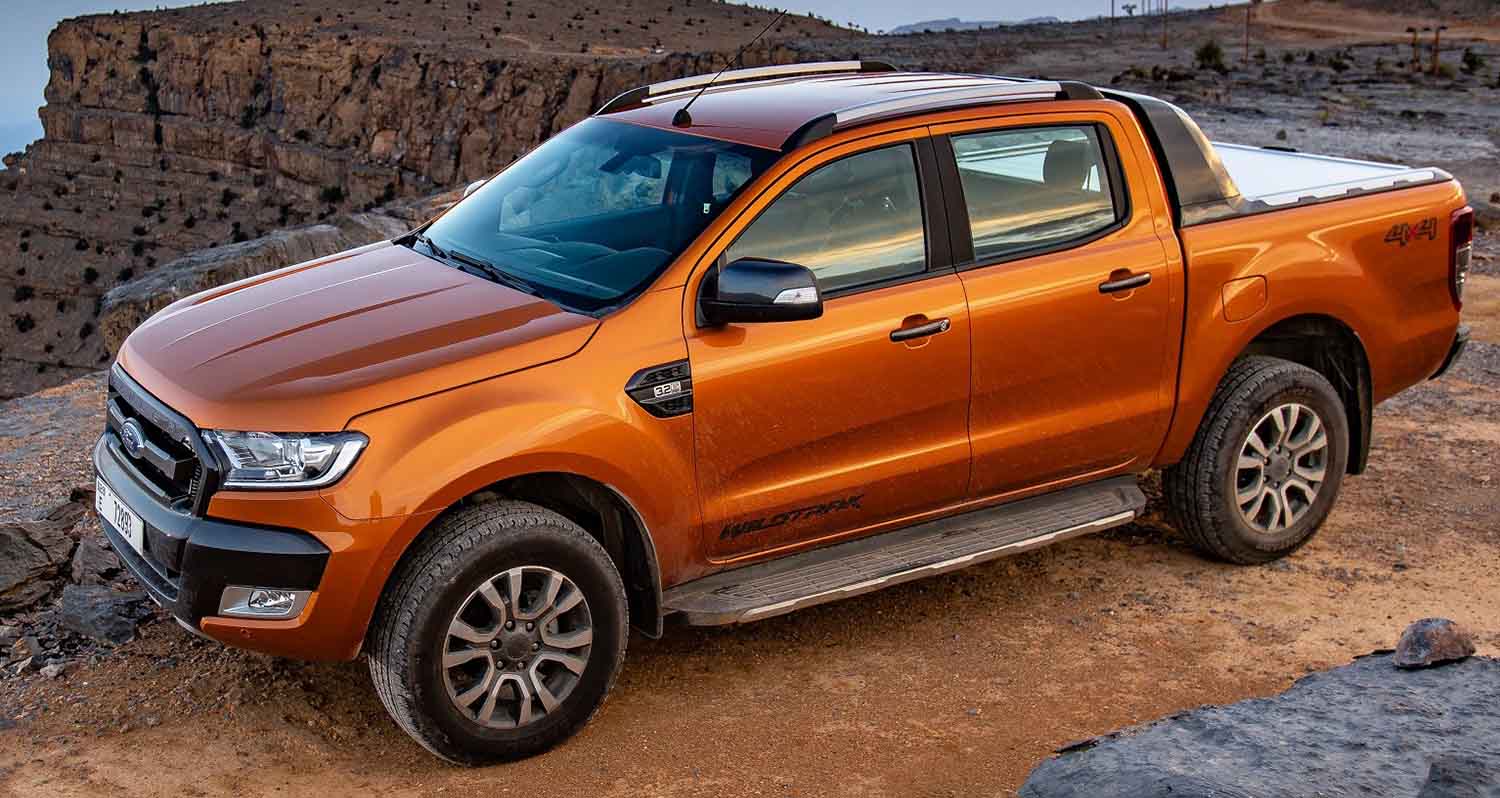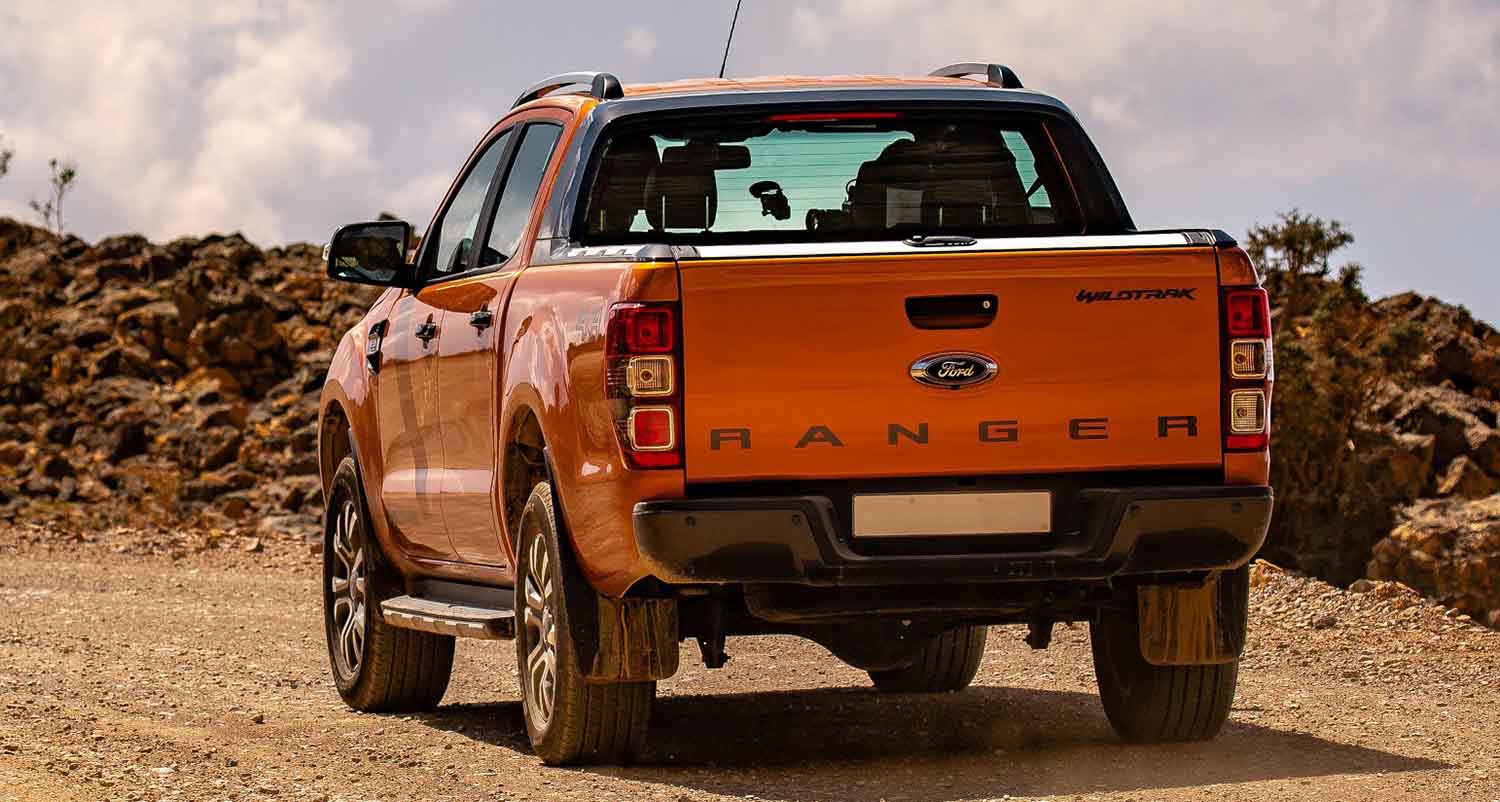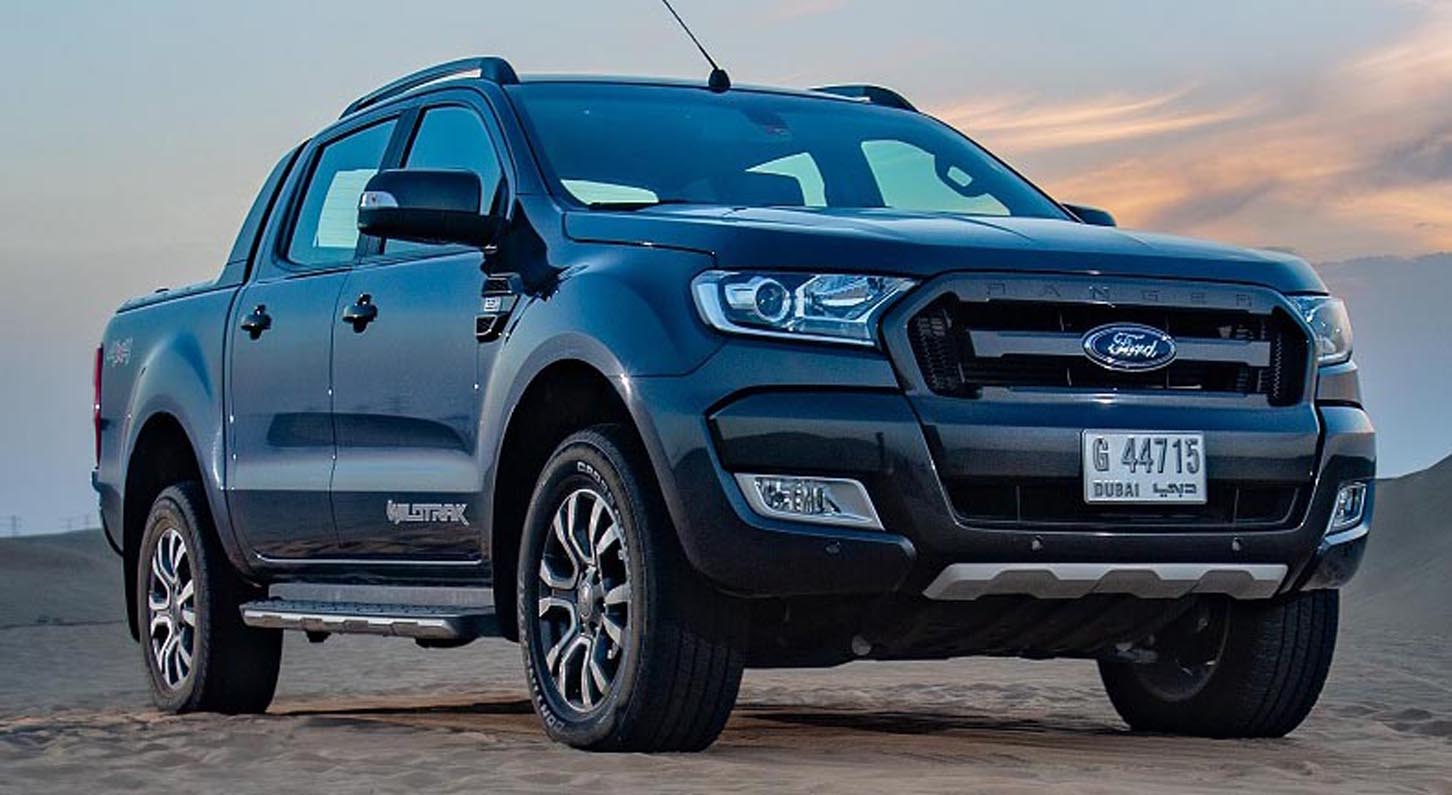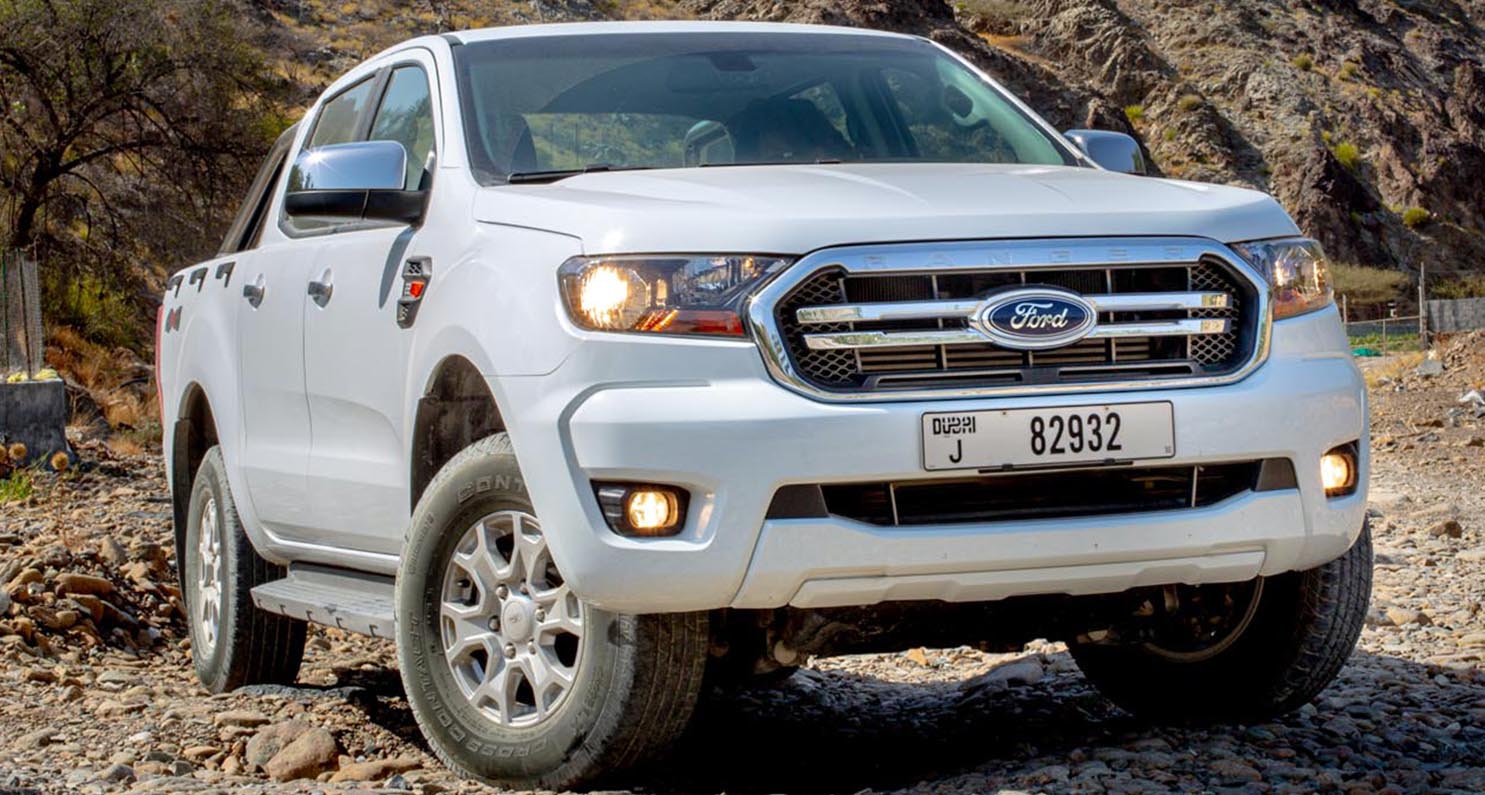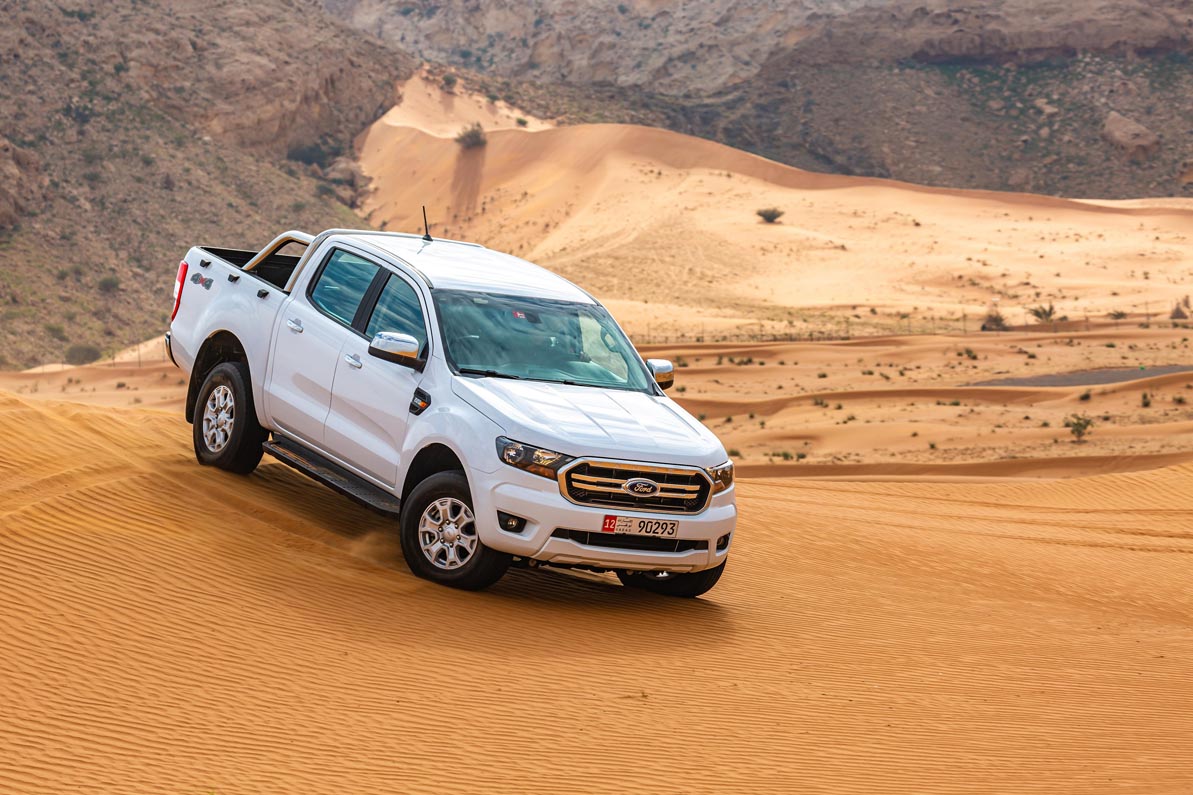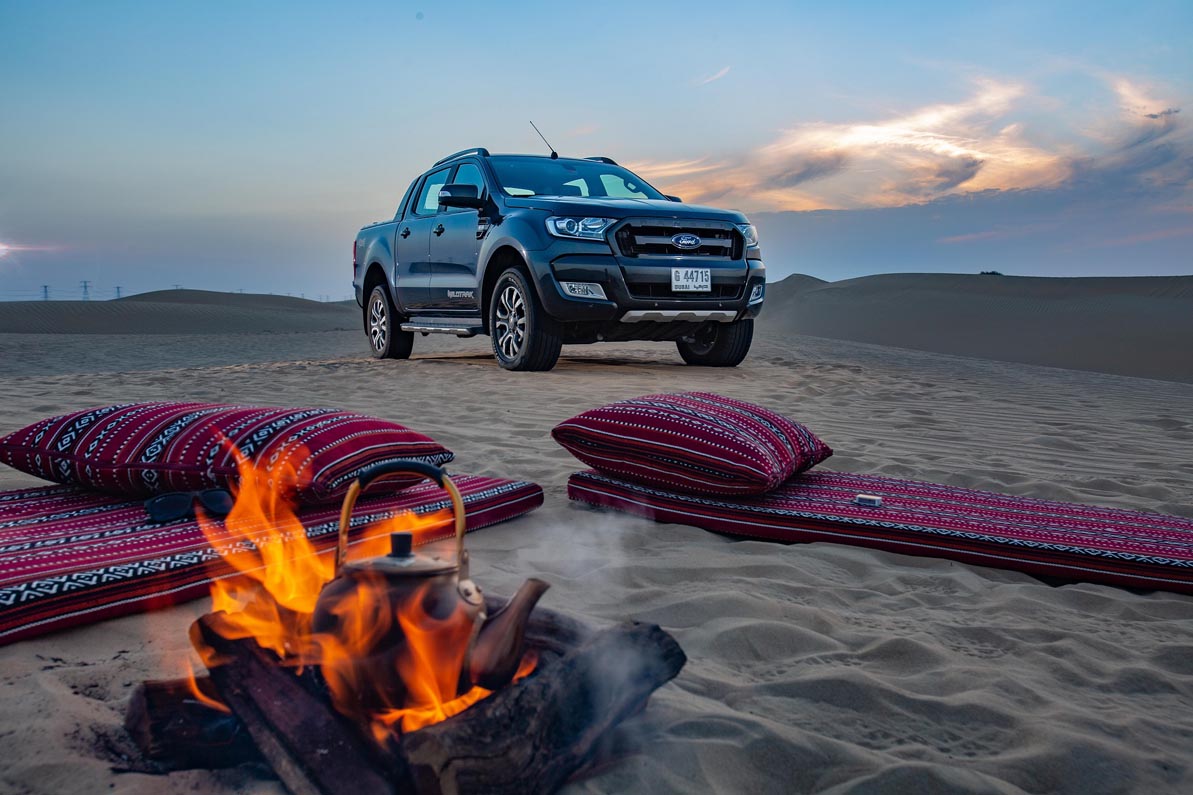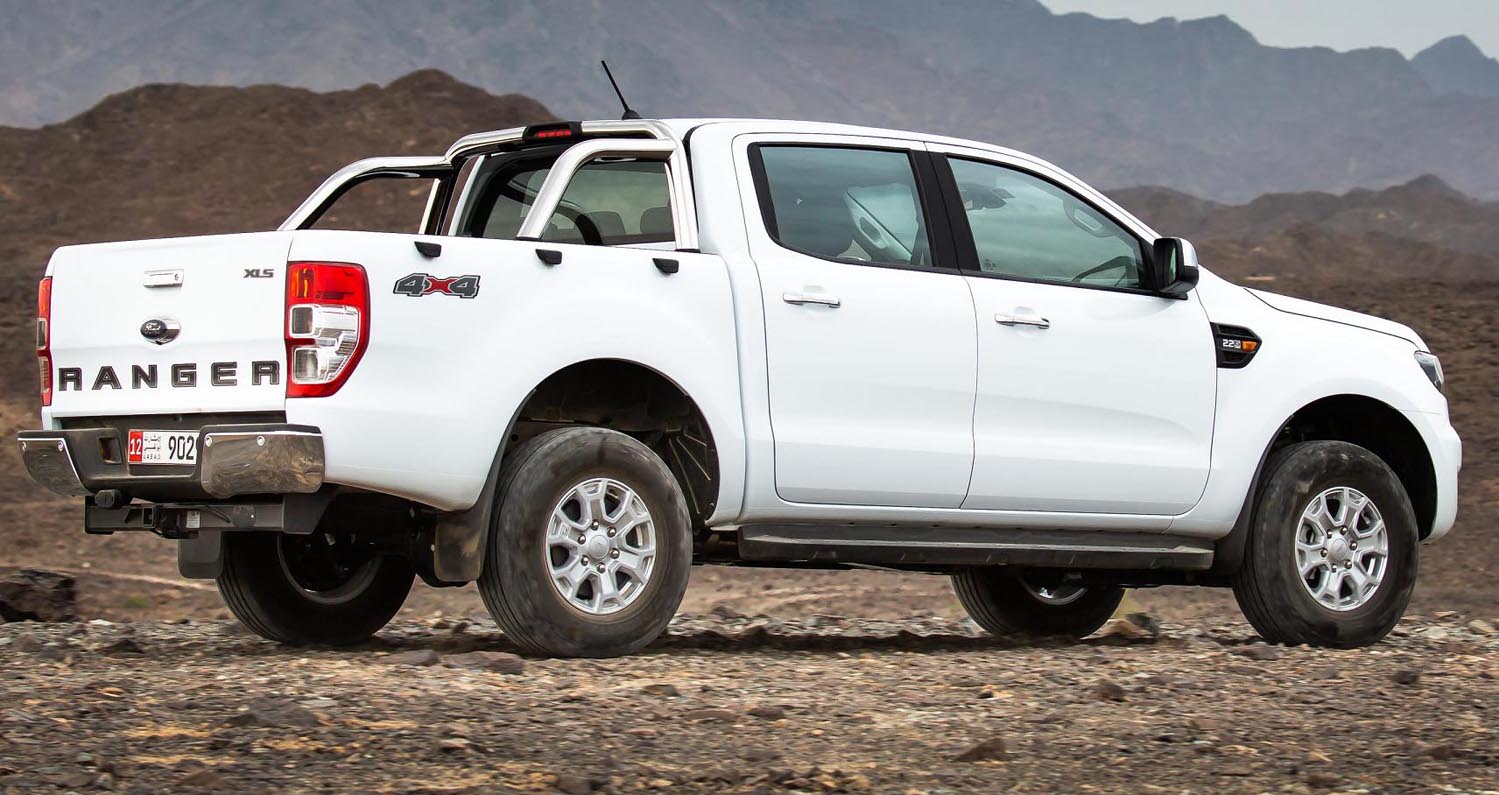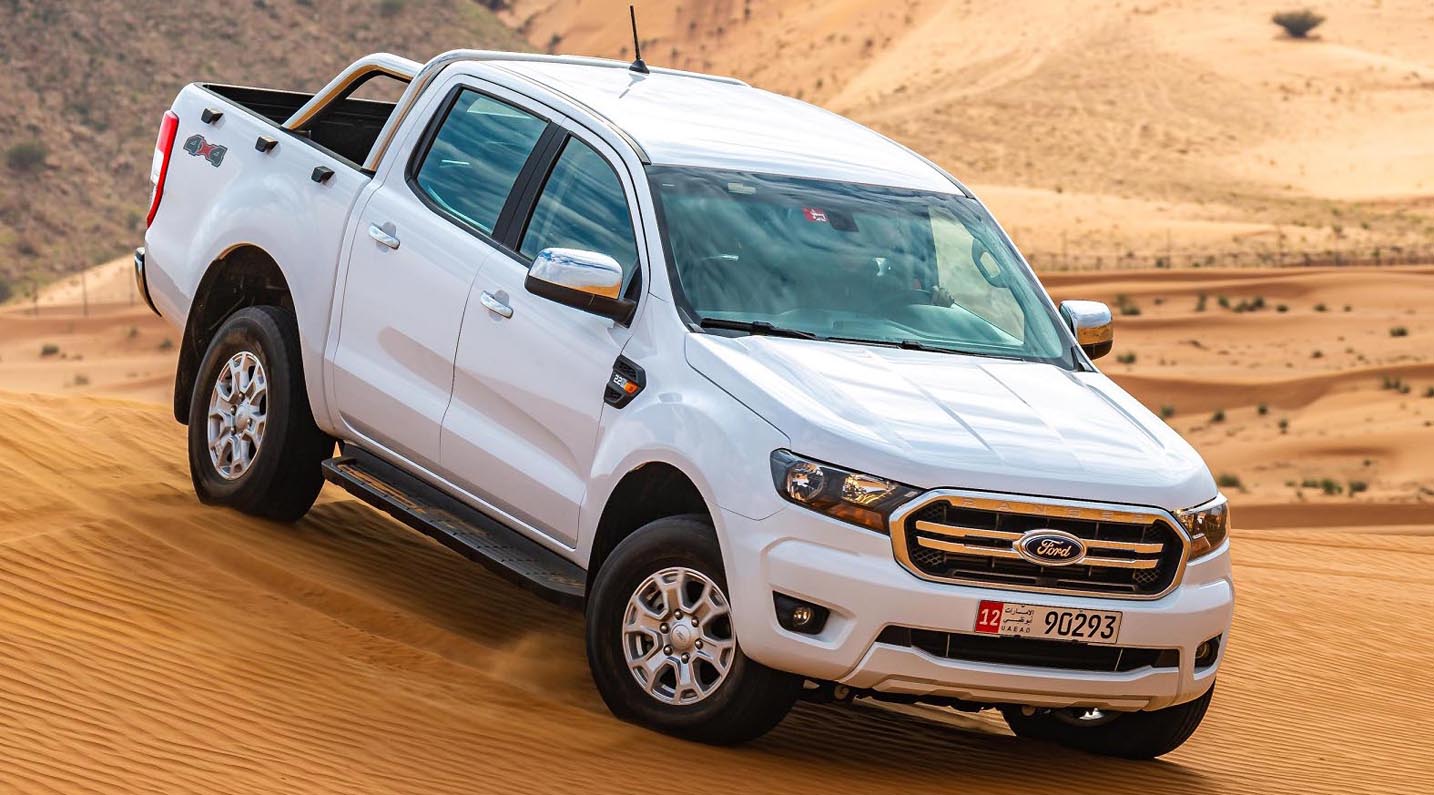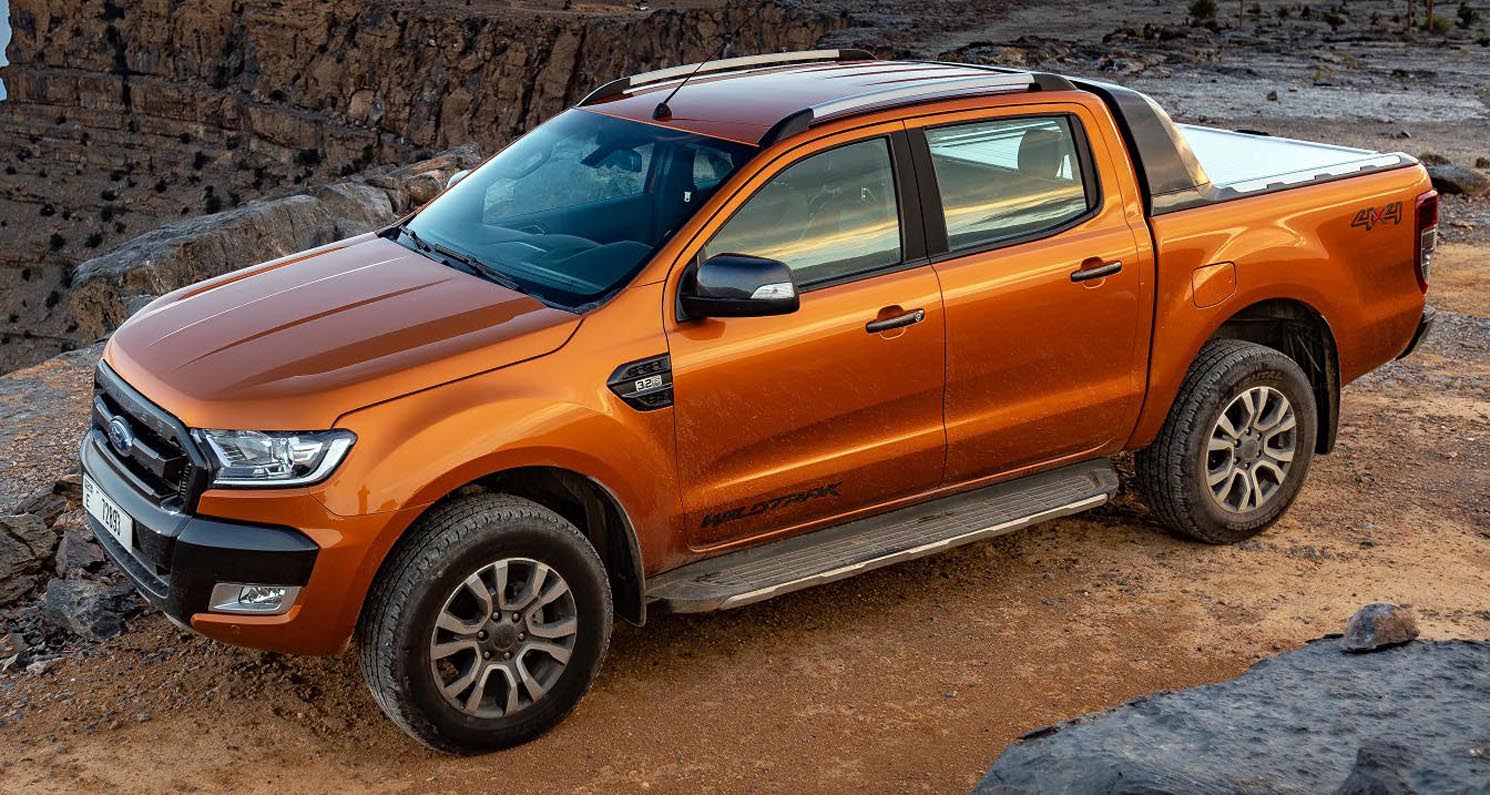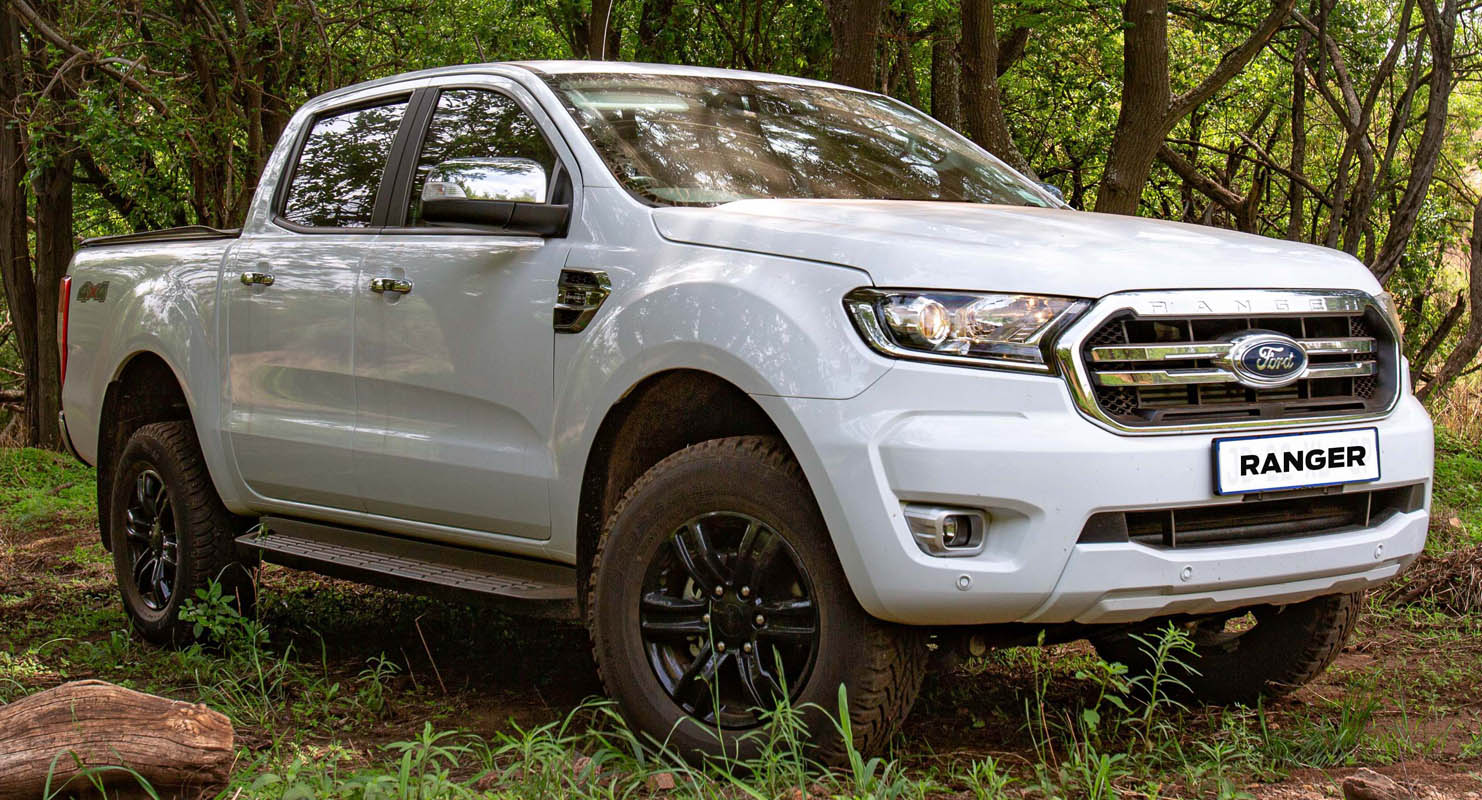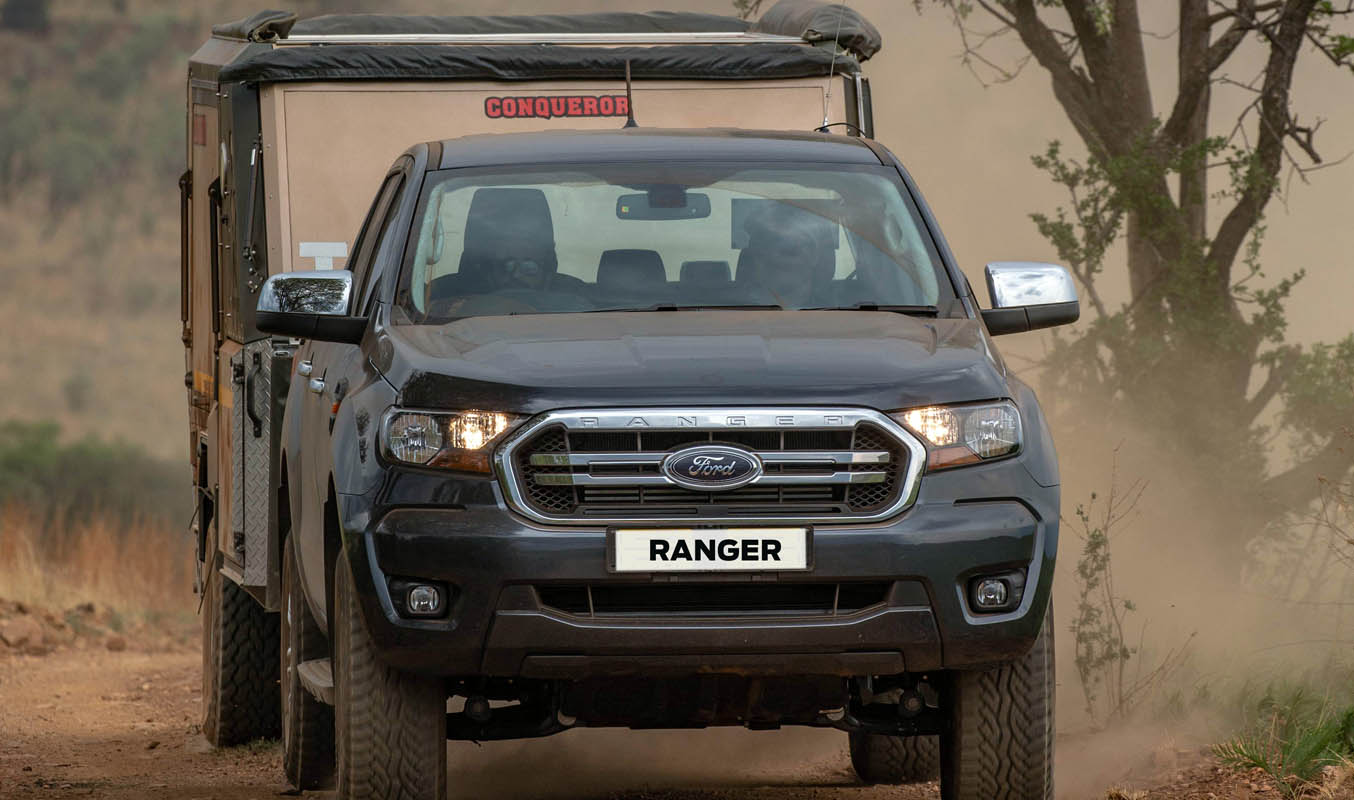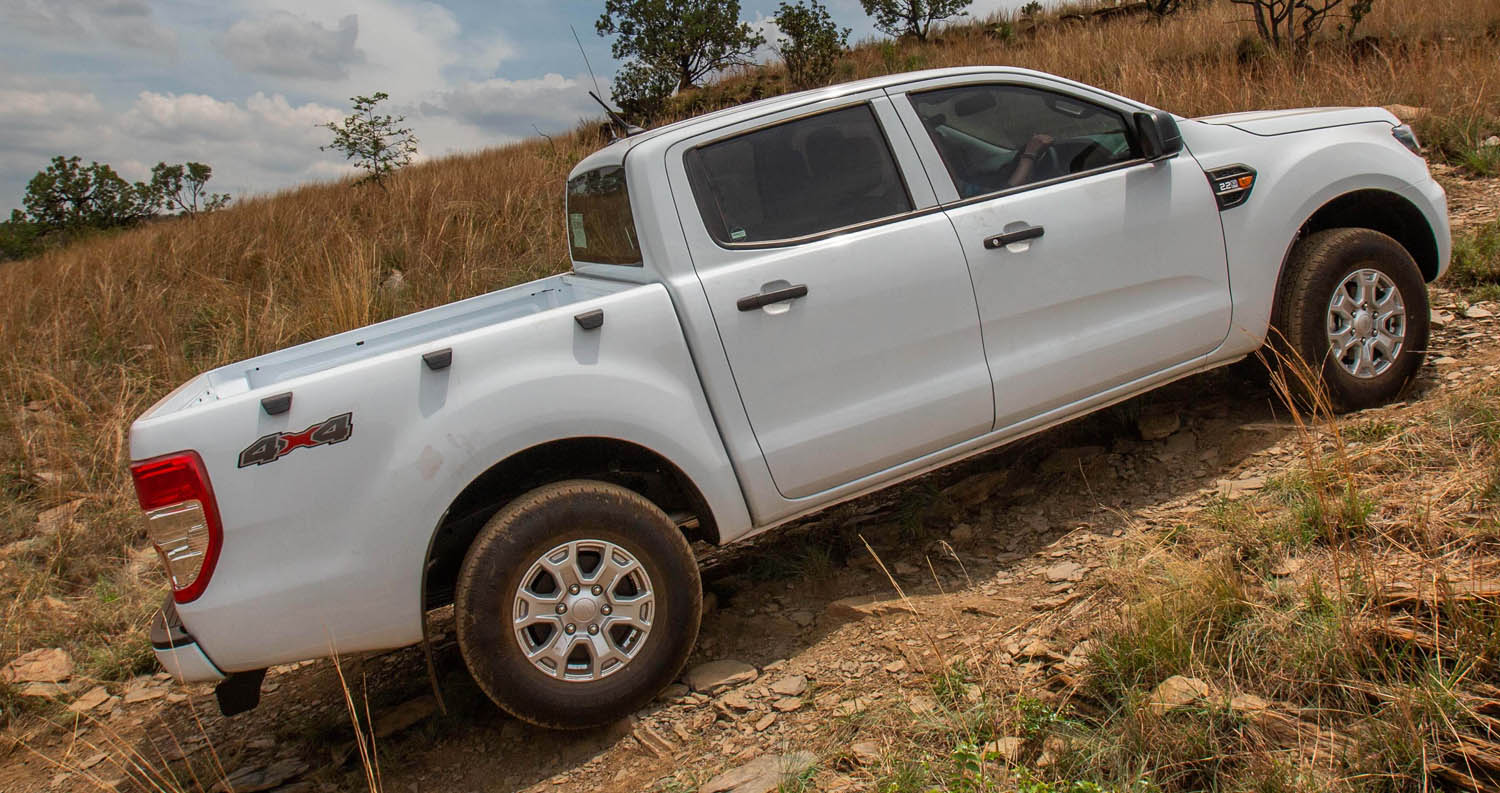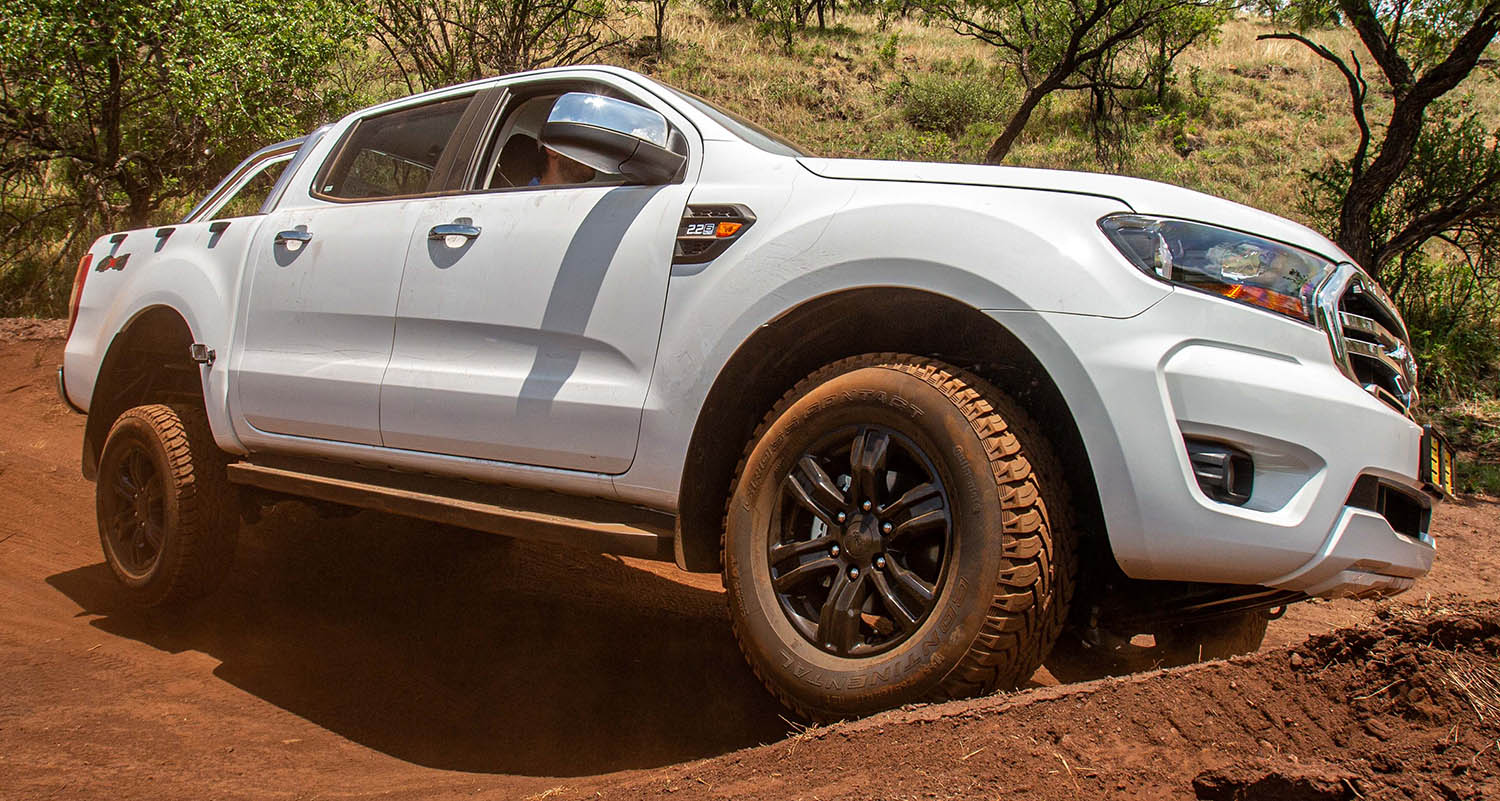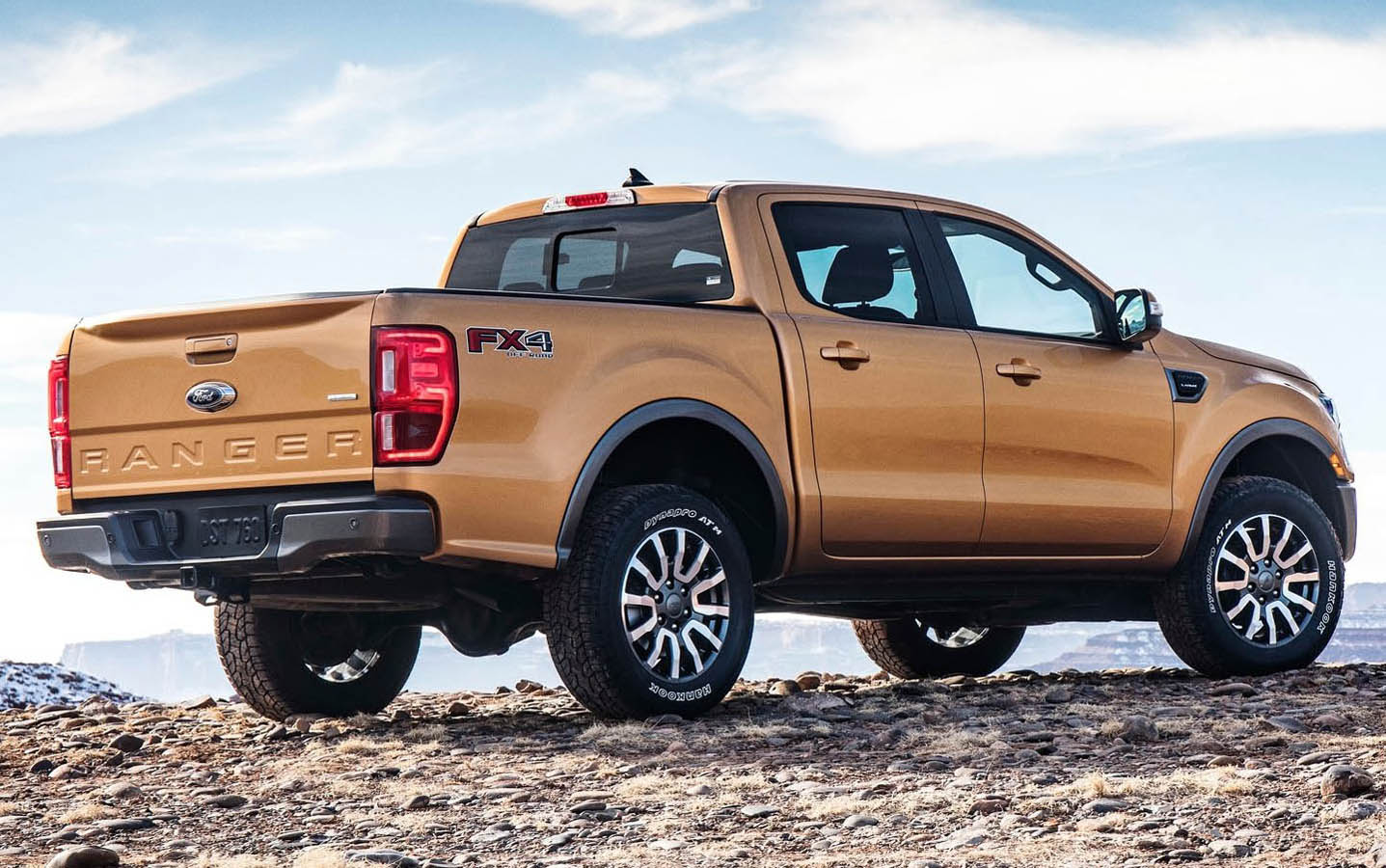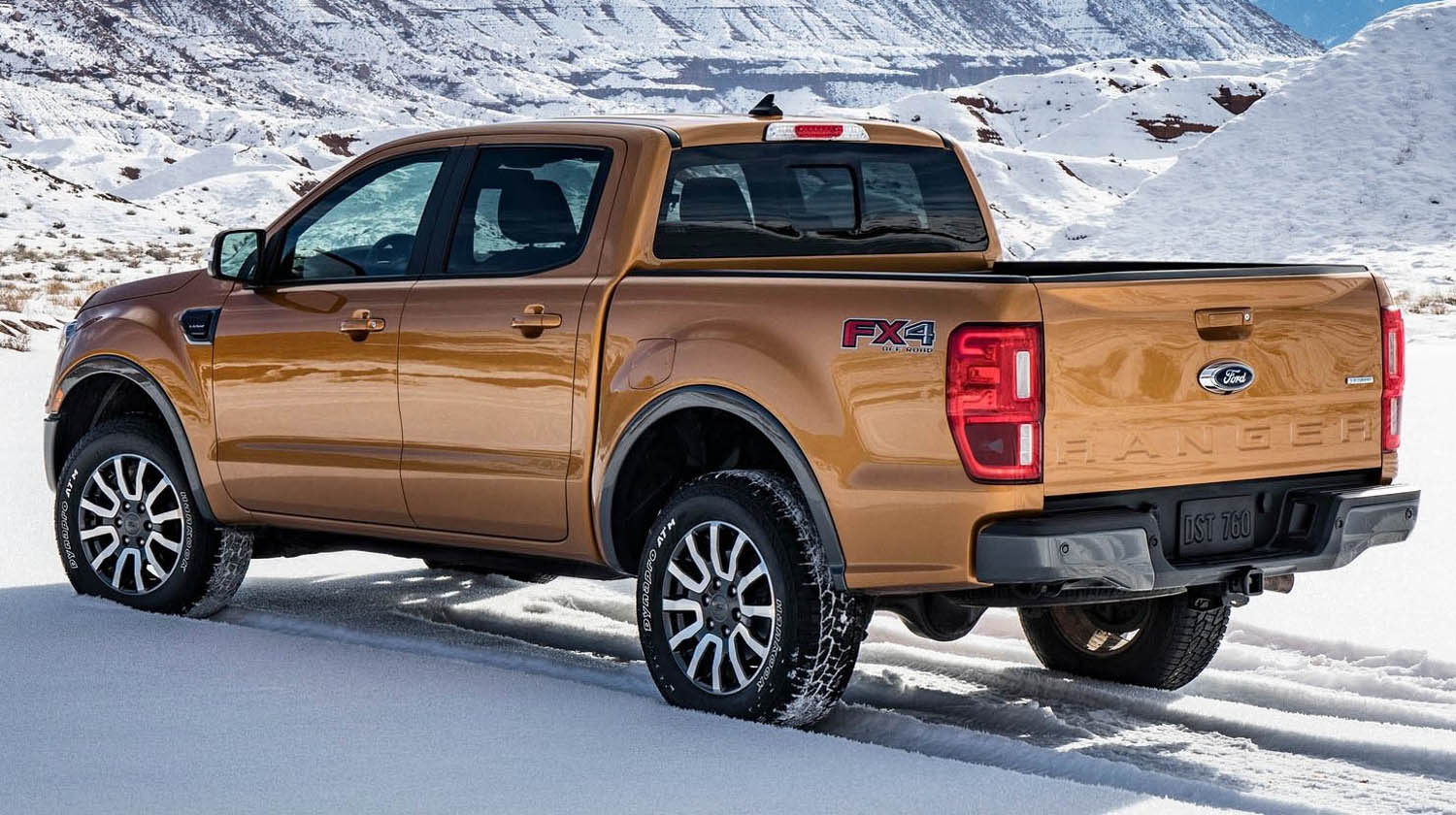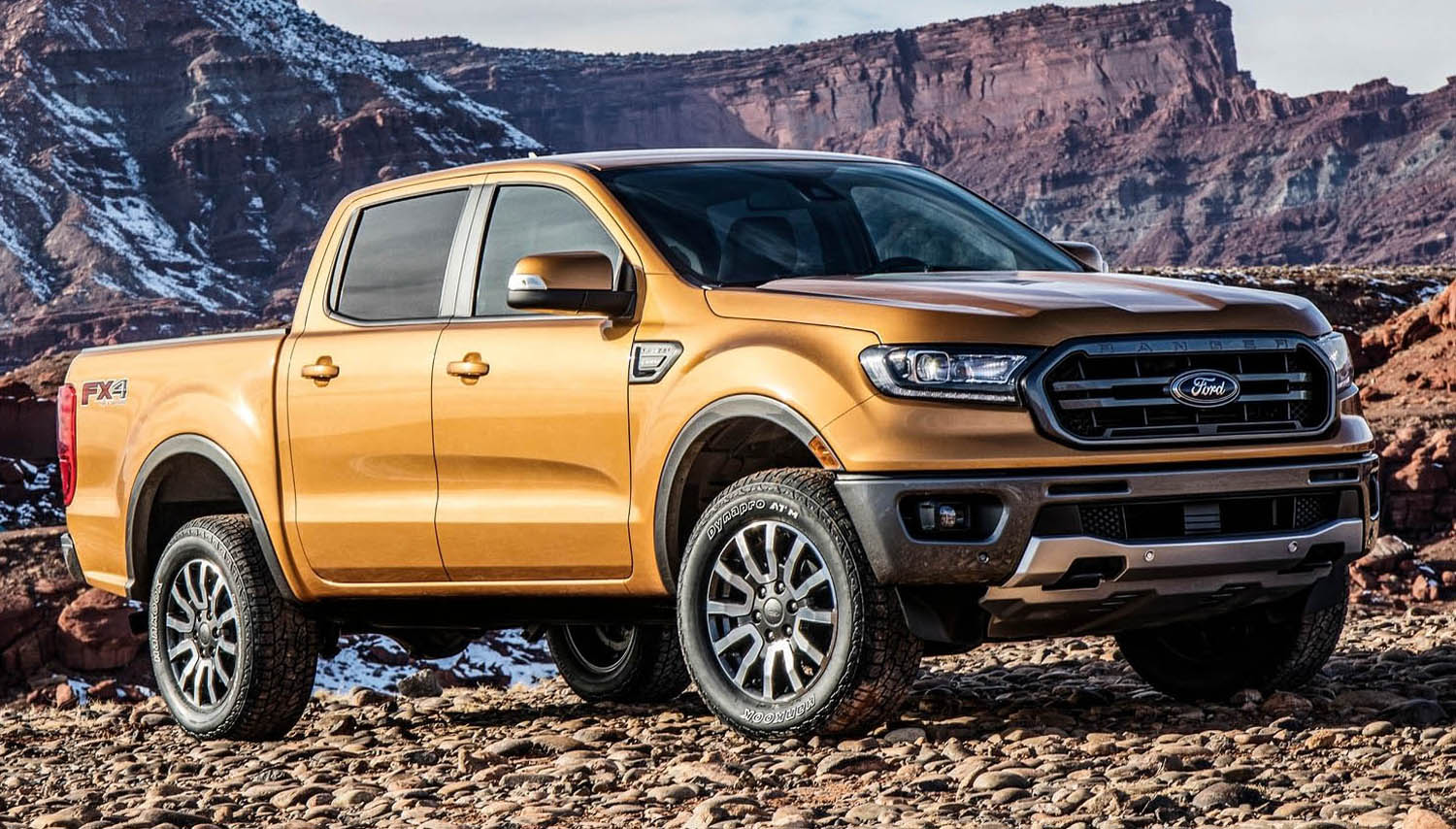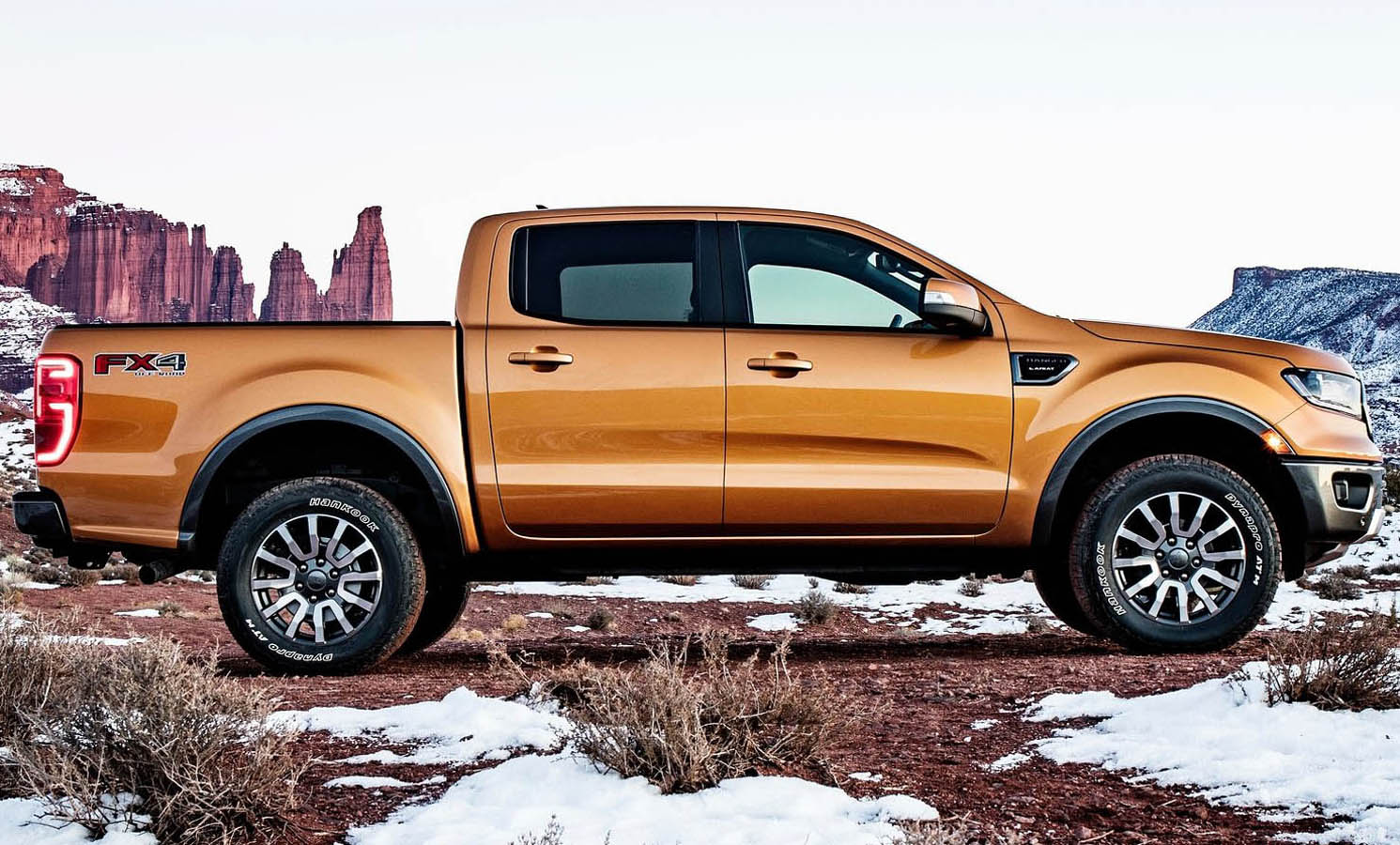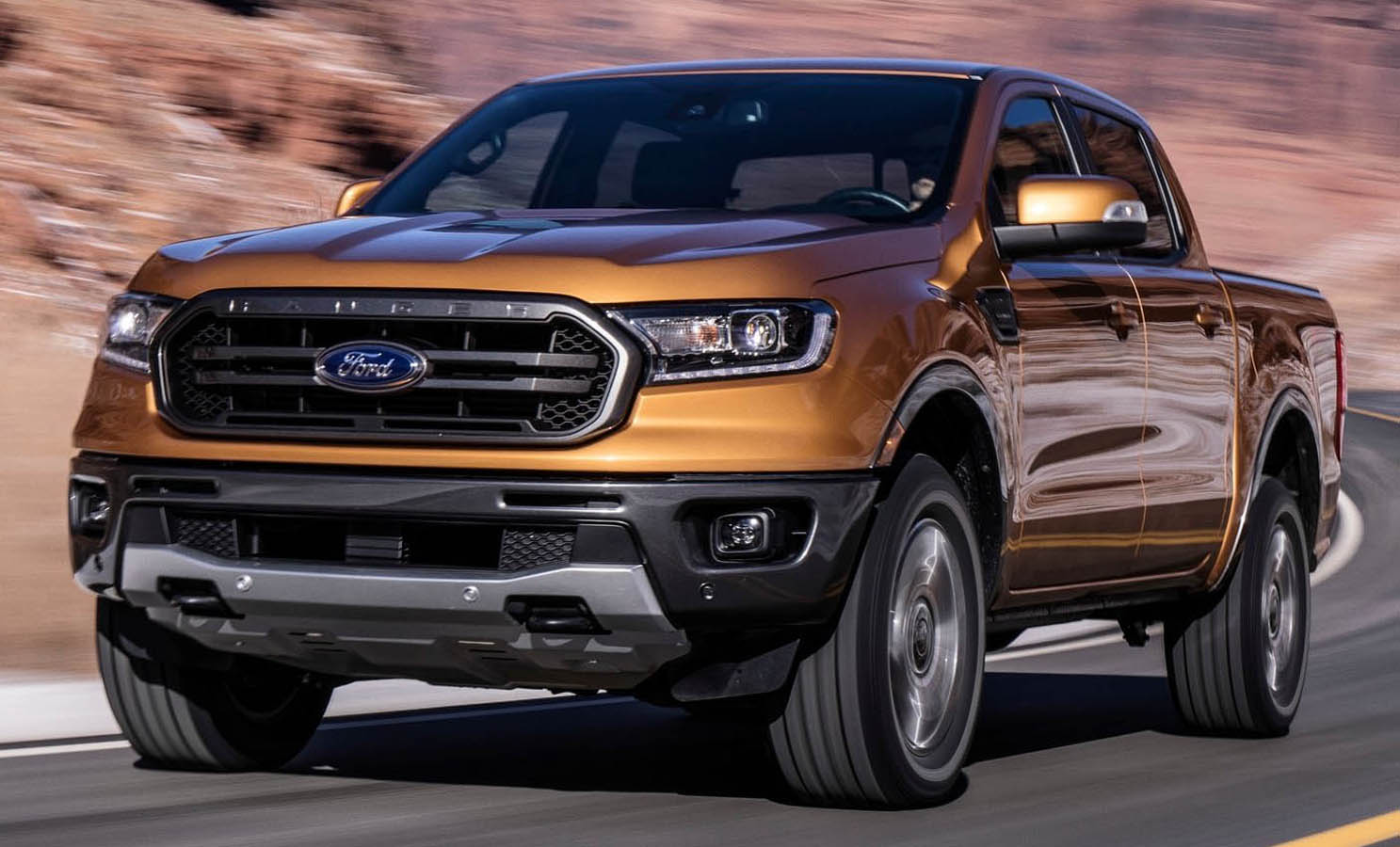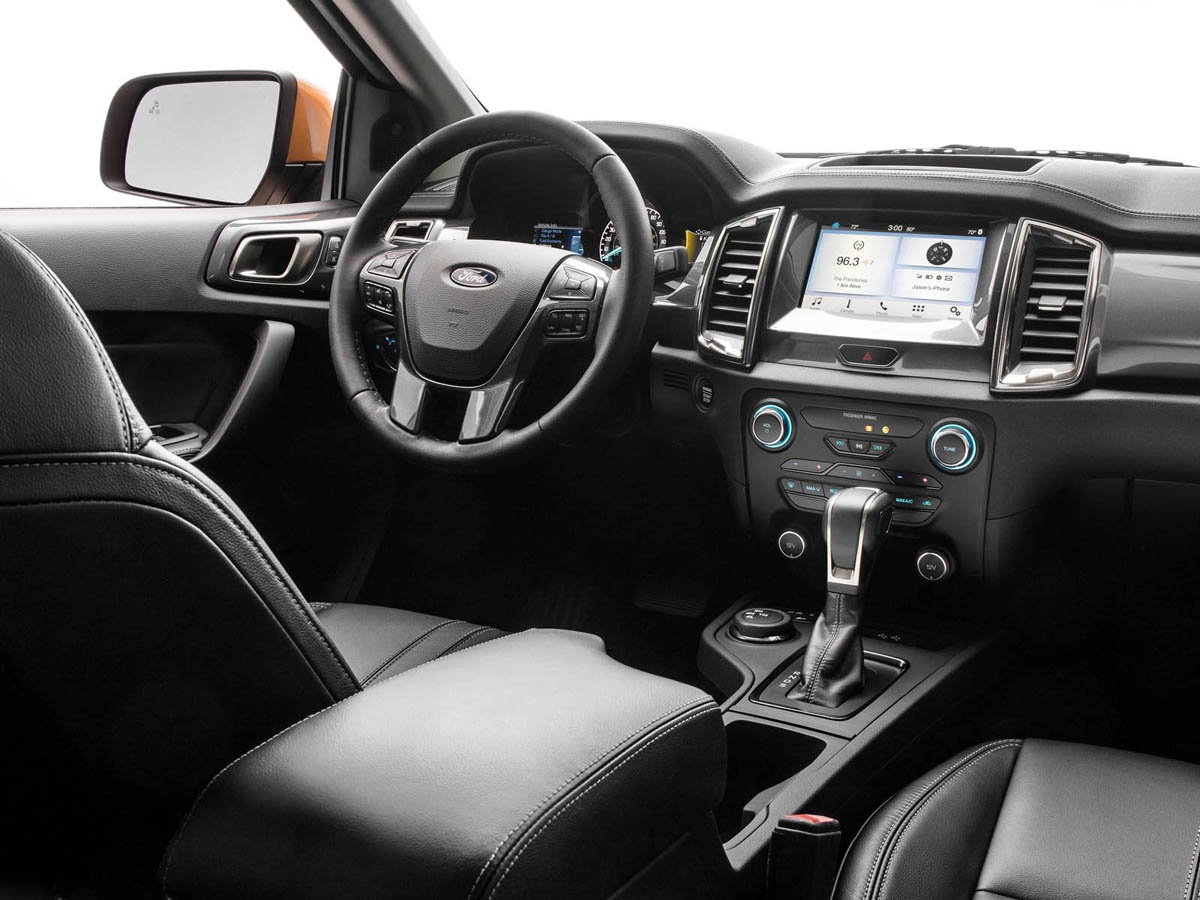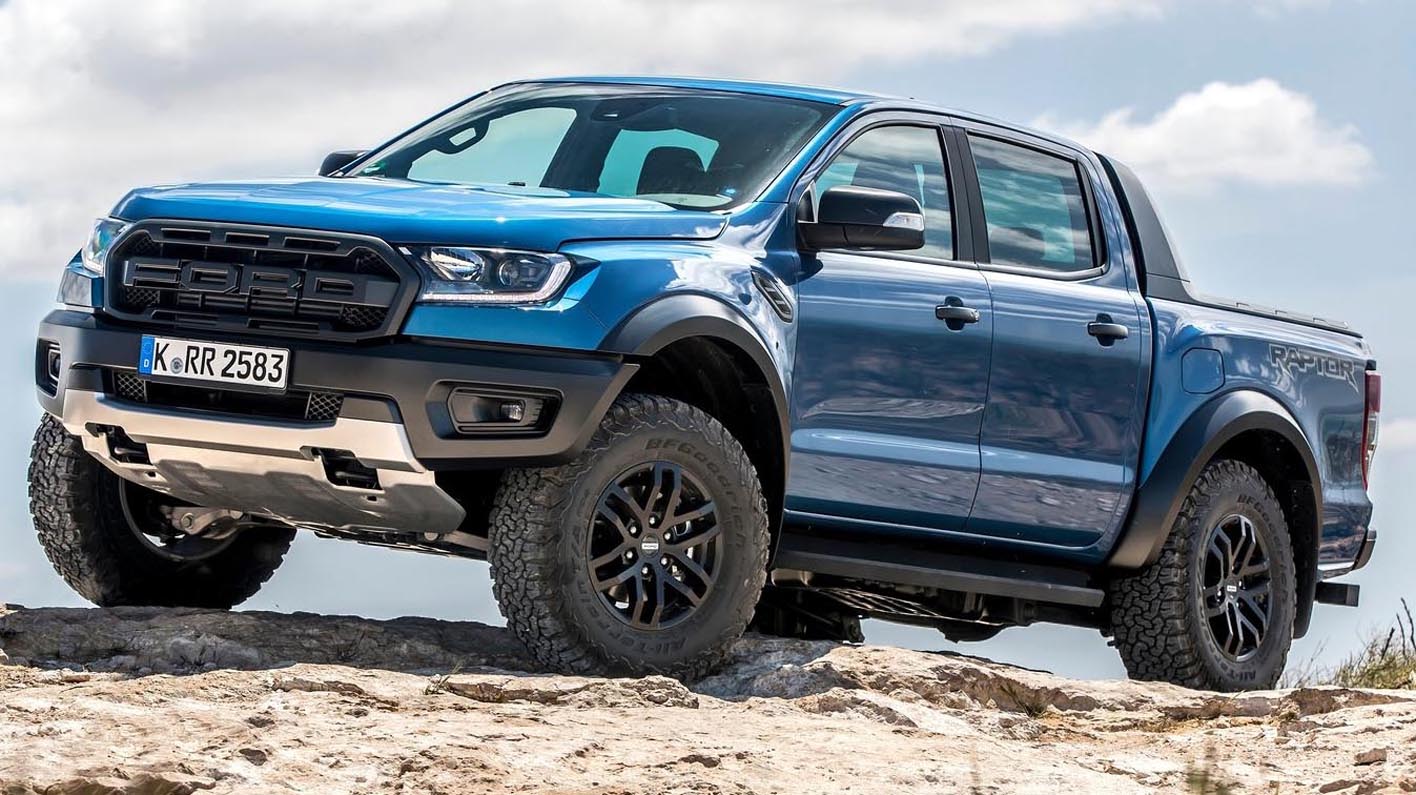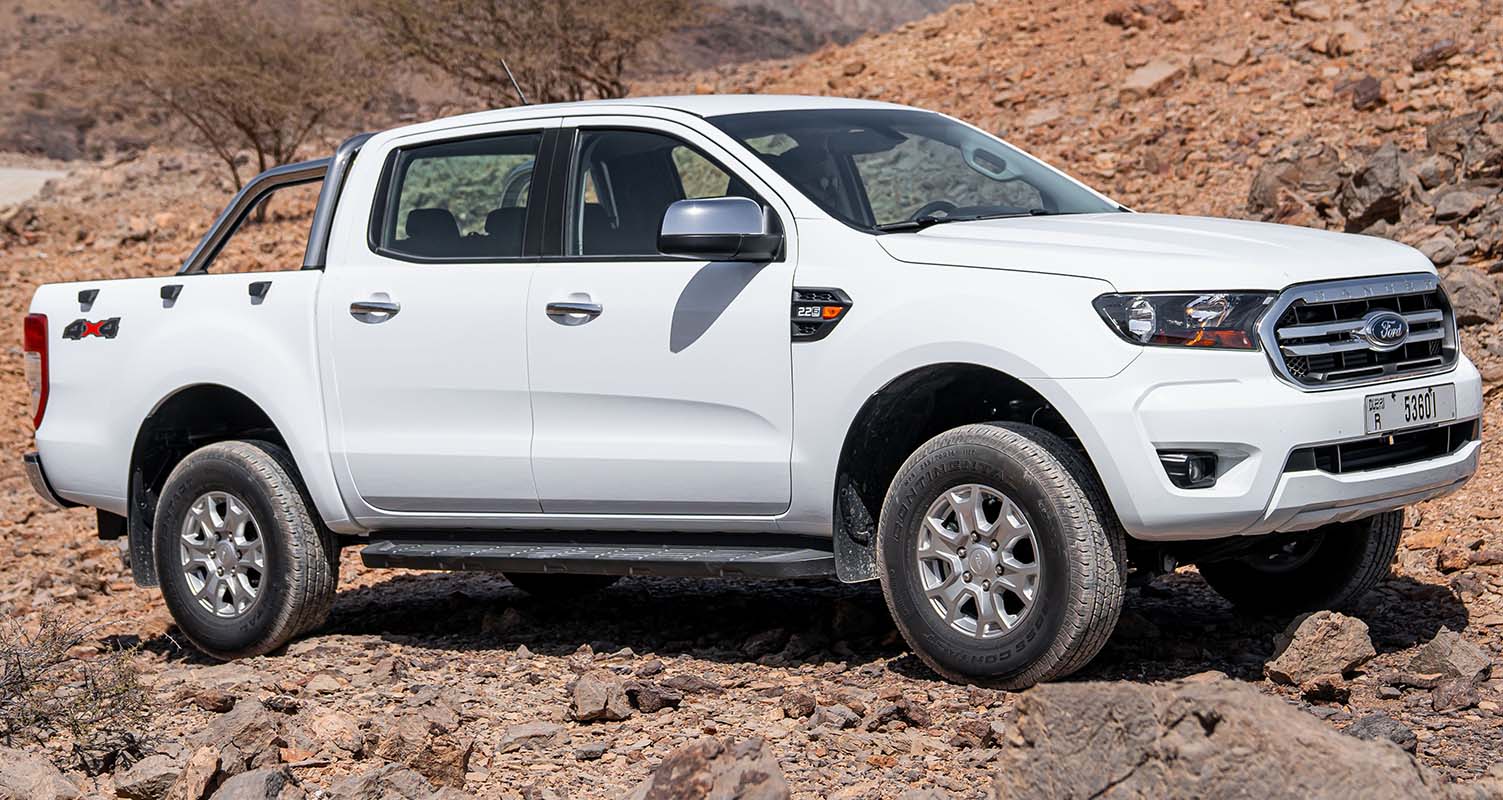
Designed and engineered by a global team headquartered in Australia, the Ranger is now sold in more than 180 markets around the world, and continues to build a reputation for quality, reliability and durability. The Ford Ranger is truly a global product and has just notched up a decade on-sale around the world.
During development, Ford’s engineers subjected the Ranger to a punishing test schedule around the world, including the harsh and unforgiving Australian Outback.
The original brief combined the toughness and capability of a pick-up truck with smart technology, outstanding safety, excellent fuel economy and high standards of quality and comfort.
Its real-world tests took place in some of the world’s toughest climates and over some of the most challenging terrain, including programmes on five continents, spanning the deserts of Australia and the Middle East, the rugged terrain of South Africa, Europe and Scandinavia, and the mountainous regions of the Americas – in temperatures ranging from -40° Celsius to well over 50° Celsius. Ranger’s gruelling test schedule ensures its Built Ford Tough credentials are thoroughly earned.
To celebrate its 10th anniversary, here are 10 things you need to know about Ford Ranger covering the way it was developed and how it’s built.
- One Ford Ranger rolls off the production line every two minutes at Ford factories in South Africa (Ford Silverton Assembly Plant) and Thailand (Ford Thailand Manufacturing at Rayong).
- It takes 101 robots three hours to build each Ford Ranger chassis.
- There are more than 5000 spot welds in the body of every single Ford Ranger, and corrosion protection is provided by dipping the body in 12 chemical baths prior to painting.
- Every single Ford Ranger is painted with approximately six litres of Ford’s 3-Wet High Solids Paint system which allows the primer, base coat and clear coat to be applied while each coat is still wet.
The 3-Wet paint process used by Ford ensures the durability and chip-resistance customers expect while helping to reduce CO2 and VOC emissions because of savings made from reductions in the size of paint booths, and reduced numbers of blowers and heaters required to cure the paint.
There are 21 high-res cameras which scan the bodywork and tailgate after painting to check for imperfections.
- There are 1500 parts in each Ford Ranger and production of one vehicle including the completed chassis, fitting the engine and transmission, painted bodywork and interior takes six hours. Each vehicle undergoes 1000 quality confirmation checks before it’s allowed to be sent to a dealership.
- One of the key quality confirmation checks is the Water Test which sees every Ranger sprayed with 17,000 litres of water for 20 minutes to replicate the worst rainstorm imaginable. After the water jets are turned off, auditors visually inspect the Ranger’s taillights, headlamps and foglamps, to make sure that no water has breached the seals.
Every door is then opened, and the rubber seals are inspected for any signs of water ingress. To make sure the matting and cabin floor remain dry, auditors use a specially made probe that sends an audible alert if it detects any moisture.
- Once the final quality confirmation check has been completed inside the factory, each Ford Ranger must make it across three final hurdles before it can be loaded up and sent to dealerships around the world. These are the Squeaks and Rattle track, High Speed Track and Rough Road Track, and each vehicle must complete one full pass to be approved for release.
- To ensure the steering and wheels are aligned and the headlights are pointing where they need to, an example of every single Ranger variant is removed from the line at random, every single day. A selection of lasers and cameras are then used to check wheel alignment and headlights, while a quick lap of the Steering Alignment Test Track shows if the steering wheel is on straight and the vehicle tracks straight as an arrow.
- During development, Ford Ranger’s shock absorbers were subjected to millions of cycles both physically and virtually via computer-aided engineering (CAE). During testing, Ford engineers punished the pick-up, covering the equivalent of 250,000km of continuous driving over real-world bumps, potholes, ditches, and stones at maximum loading and trailer load conditions. They also covered millions of kilometres of evaluation drives under various road, loading and weather conditions.
Full vehicle corrosion testing ran 24/7 to simulate 10 years of anticipated ownership, including rough road driving over gravel, through salt spray and salt bath, and at high-speed conditions.
- What about the engine? Ford’s popular Bi-Turbo engine available across the Ranger variants, was put through the same rigorous durability programme as the rest of the Ranger.
Ford engineers subjected the Bi-Turbo engine to a staggering 5.5 million kilometres of durability testing which is the equivalent of driving from the earth to the moon 14 times. As well, the engine was subjected to comprehensive analysis in laboratories and at Ford proving grounds around the world, with computer-aided engineering (CAE) evaluations conducted at every stage of development.
One example of the rigorous testing regime included running a thermal cycle which meant heating both turbos to the point of glowing red for 200 hours non-stop. Running hotter than any owner will ever achieve, the Bi-Turbo engine’s high-grade alloy turbo housings and exhaust manifold have been designed to operate efficiently up to 860oC.




